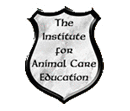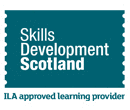Study Level 2
The study Level relates to the how demanding the course is. 1 is beginner and 5 is HND / Foundation Degree level.
4 Module CourseThis course is delivered in 6 study modules which need to be passed to gain the qualification.
Reviews
No reviews were found.

